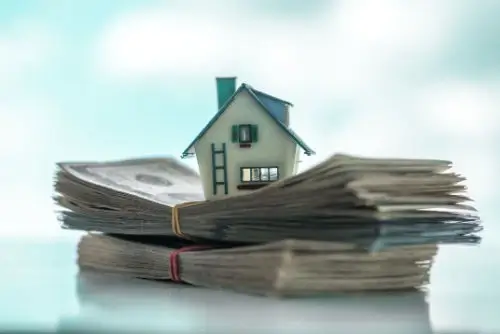

If you’re getting ready to buy a house, you may be unsure how much money to contribute as a down payment. For many years, 20% of the purchase price was considered a full down payment and the mortgage industry standard. While there are many benefits to putting down 20%, it may not necessarily be the best financial decision in every case. Here are some things to consider while you decide how much to put down.
Down Payments by the Numbers
While you may assume that the majority of homebuyers make a 20% down payment, the truth is quite the opposite. A recent survey from Opendoor found that just 35% of baby boomers said they were likely to put down a full 20% on their next home, while only 14% of Generation X and 11% of Millennials were planning to put that much down. That means that there are plenty of diverse mortgage loan options to help borrowers buy a home with less than 20% down.
Pros of 20% Down Payment
- Less Risk – Mortgage lenders base everything about a home loan on how risky it seems to them. In addition to whether the borrower has a good credit score and sufficient income, lenders also consider how much “skin in the game” a borrower is putting in. The larger the down payment, the more the buyer has invested in the home and the less likely they are to walk away and default if they experience financial difficulties.
- Lower Interest Rates – The larger your down payment, the safer a lender feels that you will repay the mortgage in full, and they are willing to offer lower interest rates. This can save you thousands, if not tens of thousands, of dollars over the course of the loan.
- No Mortgage Insurance – Most loans, private and federal, will require borrowers to pay some sort of insurance if they do not make a 20% down payment. This insurance protects the lender in case the borrower defaults. It can range anywhere from 0.5% to 2% of the original loan amount each year. On a $300,000 home loan, that can cost you as much as $6,000 a year. No mortgage insurance is required if you put down 20% though, saving you tons.
Pros of Putting Down Less
- Sooner Homeownership – It could take years to save up a full 20% down payment, especially when home prices grow quickly. Making use of an FHA loan or other low-down payment options can help you become a homeowner much sooner and benefit from the equity you gain each month.
- Save Money for Other Needs – If you keep some savings rather than put it all in as a down payment, you will have funds for other financial needs. That could be renovating or repairing the home you are buying, paying down debt, or investing it for retirement. As long as you can afford the mortgage payment with a lower down payment, you may want to give yourself a little monetary cushion for emergencies as well.
While there are benefits to both schools of thought, there really is no one right answer when it comes to how much down payment you should contribute. The best solution will depend on your individual needs and financial goals.
Give us a call today and we can help you get Pre-Approved for your first mortgage.
